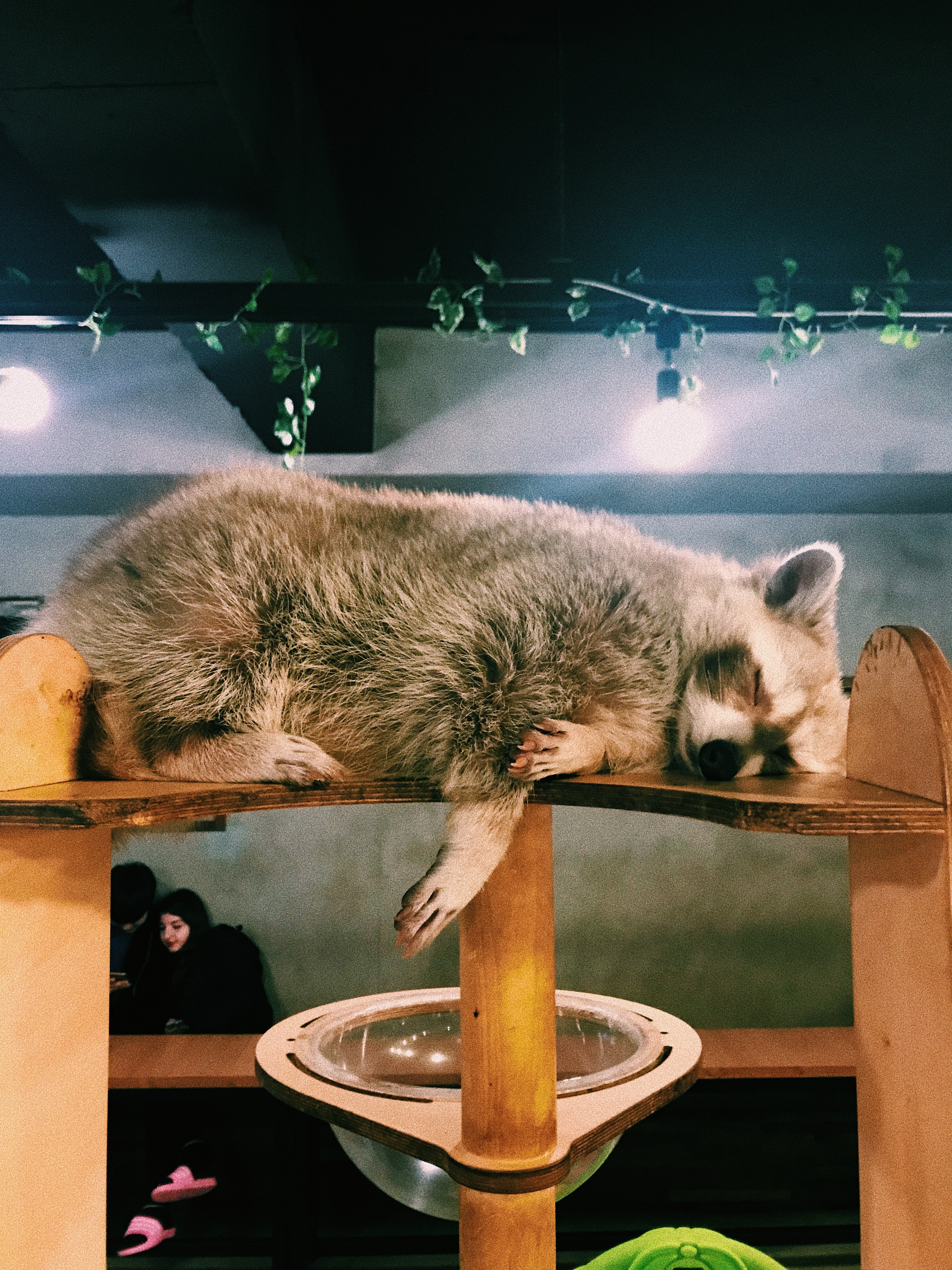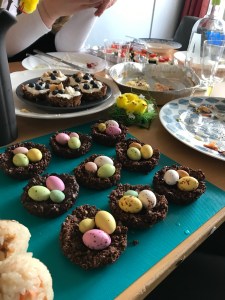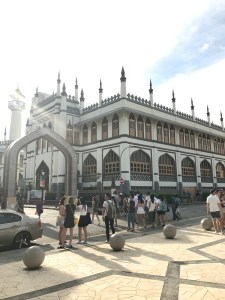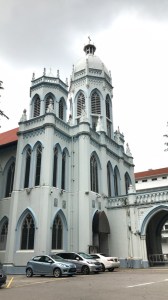Yonsei offers its international students a wide variety of classes to take, taught in both English and Korean. Most of the classes that I am taking while abroad will most likely go towards my major and minor electives. I am currently taking four classes: “KLI One,” “Introduction to Medical Anthropology,” “Media Psychology,” and “Media, Art, and Society.” Each of these classes, excluding KLI which counts as six, count as three credits. I was originally taking a fifth course, “Media Communication in Korea,” but I decided to drop it because studying for my Korean Language Institute class was taking up the majority of my time.
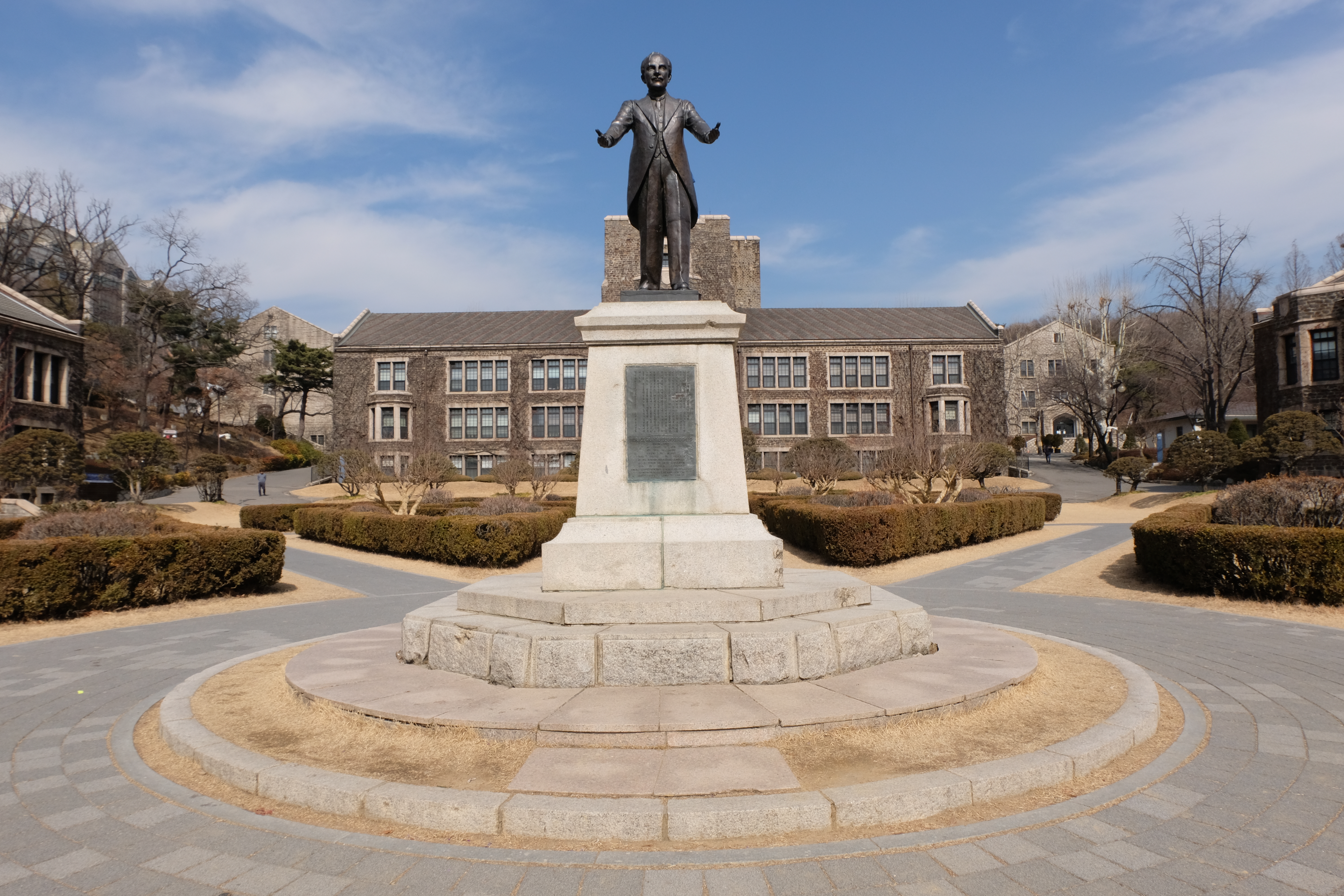
The founder of Yonsei University: Horace Grant Underwood
All of my classes, excluding KLI, are located in the main part of campus, which is a 10-15 minute walk from my dorming house, SK Global. Although the walk can sometimes be a challenge when you’re running late or the air pollution is bad, usually it’s very refreshing. Yonsei University was built on the side of a mountain so on my way to class I encounter some steep hills and dips, but that makes it more enjoyable and and allows me to feel less guilty about not making time for the gym.
The main/central part of campus is, in my opinion, by far the most scenic and aesthetically pleasing area of the entire campus. Although during the colder months the greenery that climbs onto the buildings and gathers in bunches around the area is dead and gloomy looking, during the spring and summer seasons everything comes to life. I have only seen this in pictures but I am looking forward to witnessing it in person soon!
- Pretty, isn’t she?
Although Yonsei University is considered one of the top three universities in Seoul, I have found that classes for exchange students have a lighter work load than at Richmond. That is not to say that I am left with free time, but if I was back at UR I would probably be dying right about now. The expectations for students studying abroad at Yonsei are comfortable and allow me to learn the course material while still having enough energy to explore the city and hangout with friends.
My classes range in length between 50 minutes to an hour and 50 minutes which is great because in total I only have to be in that certain class for about 2 hours and 40 minutes each week. On Mondays I have “Introduction to Medical Anthropology” from 10:00am to 11:50am. After that I have a long break until KLI, which is from 4:00pm to 5:50pm every day. On Tuesdays I have “Media, Art, and Society” from 9:00am to 9:50am, and a couple hours later I have “Media Psychology” from 1:00pm to 2:50pm. On Wednesdays I don’t have class until 12:00pm when I go to “Intro to Medical Anthropology” until 12:50pm. On Thursdays I have “Media, Art, and Society from 10:00am to 11:50am and then “Media Psychology from 12:00pm to 12:50pm. Lastly, on Friday, oh how I love Fridays, I only have KLI from 4:00pm to 5:50pm. Fridays are my favorite because I have a lot of time to sleep in, catch up on homework, or go exploring in Sinchon.
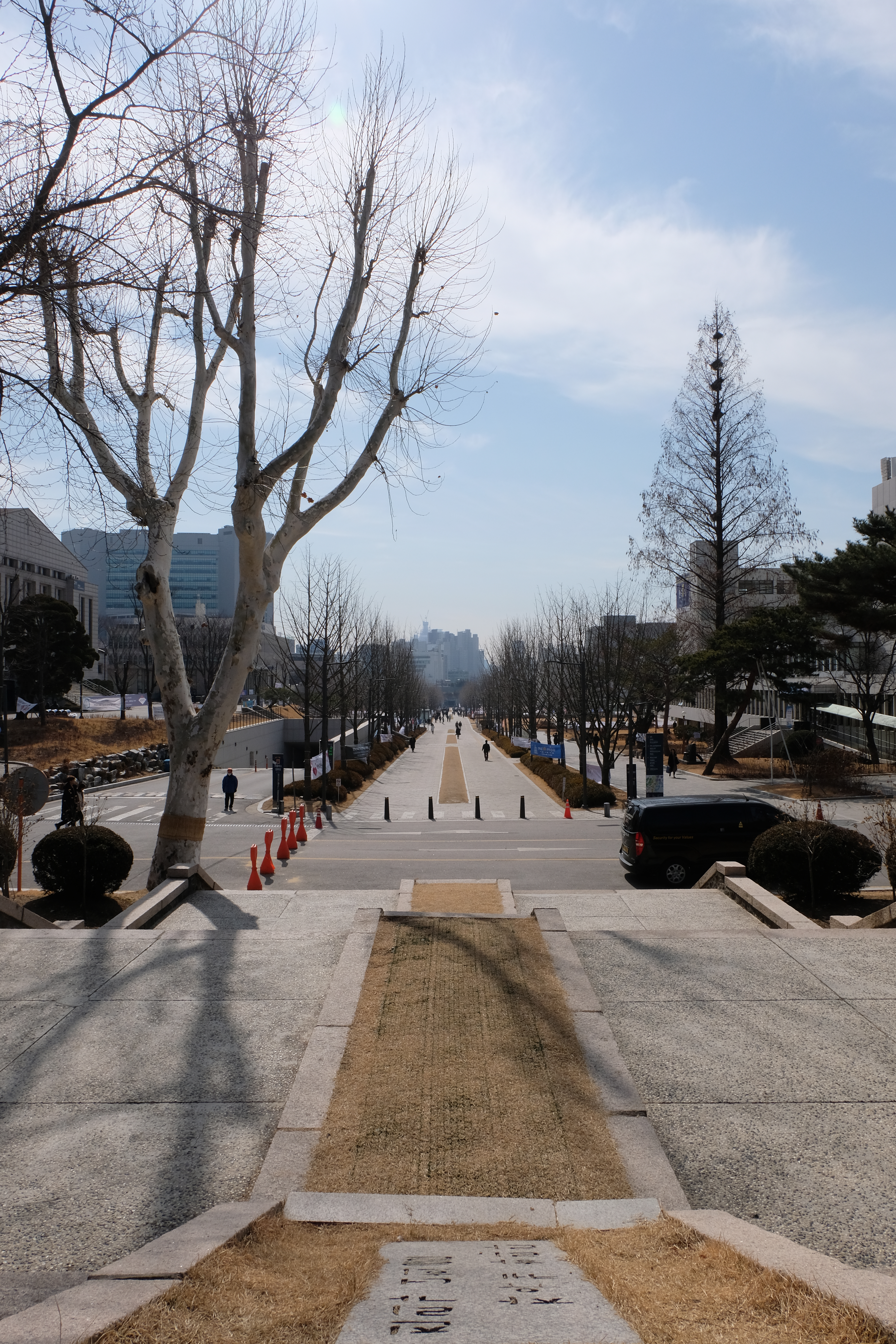
All roads lead to Sinchon
I am really enjoying all of the classes that I am taking and so far my professors have all presented themselves as very caring and professional. I hope to continue learning as much as I can and making connections with my fellow classmates. I’m really not looking forward to the final group presentations that I have pending for two of my classes, but we’ll cross that bridge when we get there. Good luck to all of you in school, in work, or life in general. Talk to you all next time!
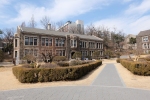

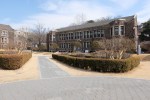



 Posted by krissinkorea
Posted by krissinkorea 

